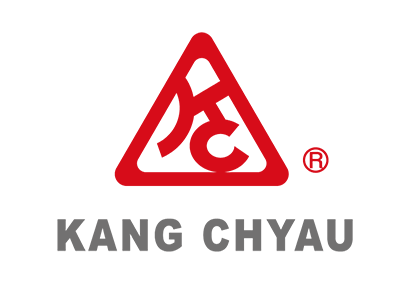Tips for Choosing a High Quality PVC Pelletizing Extrusion Line
Polyvinyl Chloride (PVC) is the world’s third most-widely used synthetic plastics succeeding to polyethylene (PE) and polypropylene (PP). The annual demand for PVC keeps increasing. Usually, the PVC products are made by processing the PVC materials in a pellet form that is obtained by a PVC pelletizing extrusion line. Due to facts of that PVC polymers are sensitive to thermal & shearing stress, characteristic considerations on the mechanical and controlling aspects are critical for a high performance PVC pelletizing extrusion line.
Essential components of a PVC Pelletizing Extrusion Line
A typical PVC pelletizing line is composed with the following subunits. The functional subunits could be integrated by appropriate design achieving highly automatic operation.
- Mixer
It could be any type of machinery operating for well dispersing the PVC polymers with all formula ingredients. - Feeding System
In general, the bulk materials will flow by gravity from the hooper into the extruder. For the materials showing poor flow characteristics, additional devices such as stirrer for dislodging bridges, could be required. In addition, an automatic dispensing device can be integrated for individually weighing and pre-mixing the multiple ingredients in precise quantity. - Extruder
The core part of an extruder consists of the barrel housed with a single or twin screws set driven by a motor. Multiple heating zones circle outside the barrel and the thermal controlling modules maintain the thermostatic conditions for each heating zones. Appropriate screw configurations in conjunction with rational thermoprofile are critical for obtaining the extrudate in good homogeneity. - Molding and pelletizing assembly
The molding part is a circle-patterned die plate with a specific thickness, attached with a conical body-embedded connecter succeeding to the screw terminal. The molten PVC mass will converge prior to flowing toward the conical tip and subsequently pass through the narrowing down cavity. The compressed molten PVC mass develops an appropriate difference in material pressure ensuring steady flow through the die plate. The diverged filaments moving apart from the die plate will be cut by a set of rotary blades.
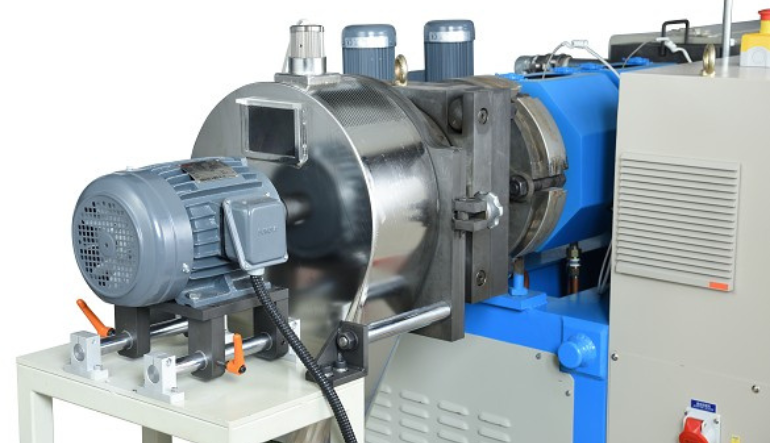
-
Cooling, disaggregating, and sieving system
The PVC pellets released from the die plate could be cooled by water or air then further conveyed through a blower cooling loop. Afterwards, a vibrating platform collecting the PVC pellets will further cool down the pellets and dismantle the aggregated mass. At last, the disaggregated pellets will pass through the sieve and be blown to the storage tank for dispensing and weighing. The aggregated mass retained on the sieve will be transferred and discharged off from the pelletizing extrusion line. They can be further will collected and reprocessed.

High performance of a PVC pelletizing extrusion line requires well integrated all the subunits described above. In addition, a qualified machinery supplier having plenty prior arts is eligible for fulfilling the variable requirements from the users.
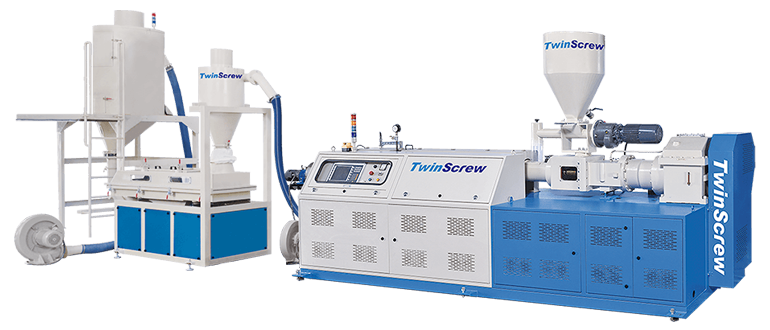
Extruder: the heart of a PVC pelletizing extrusion line
A successful extrusion process requires the criteria including uniform melt temperature, correct and constant melt pressure in the molding assembly, and well-mixed material mass in homogeneity. The extruder plays the critical role in a extrusion line for achieving these goals. In general, a single screw Extruder or a twin-screw extruder can be selected for user’s specific applications. For PVC pelletizing, a twin-crew extruder is usually preferable due to better dispersing capacity. Due to the facts of that PVC is sensitive to thermal and shearing stress, the counter rotating twin-screw extruder is recommended for compounding, pelletizing, and profile extrusion processes .
The core components of a counter rotating twin screw extruder
Screws set
The screws set provides conveying, melting, and mixing polymers in the extrusion process. Design of the screw elements is one of the most crucial factors impacting the quality of the extrudate. In general, a screws set can be divided into feeding, plasticizing and metering zones in terms of specific functions. In the feeding zone, it is considered for the balance between the fed amount and the maximal throughput. Particularly for the powdered PVC requires larger channel space storing more materials due to the lower bulk density. Single flighted screws or deep pitch can be considered.
For the plasticizing zone succeeding to the feeding zone, usually it is designed by multiple screw flights and narrow channel width. The smaller channel space develops compression pressure that facilitate the melting and plasticizing processes on polymers. In addition, the friction force driven by the flow of the compressed material mass between the space of barrel and screw flight enhances dispersion of the molten PVC polymers and the other added ingredients.
In the metering zone, the screw elements will be single flighted and wide channel width comparable to that appears in the feeding zone. The compressed pressure developed in the plasticizing zone will be relieved down. The negative pressure provides driven force to drag the molten polymers toward the molding and die assembly in a smooth moving rate.
General purpose screws set can be acquired from the commercial suppliers. However, multiple factors including the flow properties of the fed materials, the rheological properties of PVC polymers, and the interface compatibility among the mixed ingredients impact the outcomes of extrusion process. For a specific application, the tailor-made screws set is usually required. A qualified extruder suppler needs to be talent providing wide spectrum of solutions.
In addition to the geometrical aspects, it is important that the screws set exhibits sufficient mechanical strength tolerating the stress derived from friction and torsional forces. Therefore, the qualified steel materials in conjunction with special surface nitriding treatment is essential for resisting the abrasive erosion and torsional deflection.
Barrel
The extruder barrel is the cylinder that surrounds the screws set. Barrel sections are electrically heated and cooled by liquid or air. It needs to exhibit good mechanical rigidity for withstanding relatively high pressure. Similarly to the arts making screws, the qualified steel base surfacing with nitriding treatment is required for wear-resistance and longer service life.
Gearbox
A gearbox transmits power from the motor to the screw, decelerates the motor speed to the desired screw rate. A gearbox also maintains the angular timing of the screw as well as taking the thrust load from the screws set. The torque driven by the speed reduction is multiplied with same reduction ratio. Therefore, all the shafts, gears, and bearings need to be precisely designed and processed to continuously transmit the torque rating of each part of the gear system. Then the distribution gear takes the torque and transmit it to the two parallel screw shafts. A safeguard mechanism is implemented for uncoupling the motor and the gear shaft once the torque is overloaded. In accordance, all parts in a gearbox system need to be sophisticatedly designed for precisely transmitting the reduction rate and render the tolerance of the strong torque.
- Single Screw Extruders: As the most prevalent variant in PVC pelletizing extrusion lines, single screw extruders are straightforward and cost-effective. However, in terms of efficiency, they may not always match up to their twin screw counterparts.
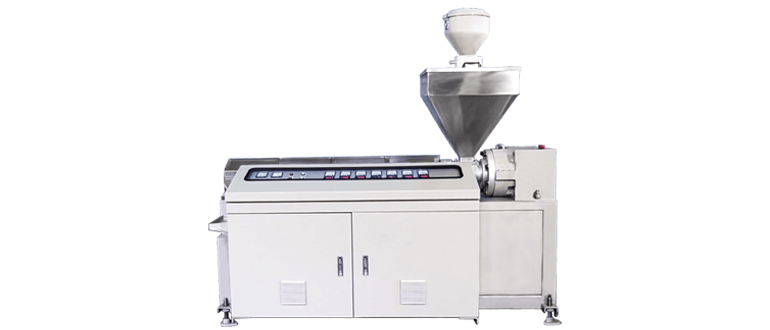
- Twin Screw Extruders: Though more complex and financially demanding than single screw extruders, twin screw extruders present several clear benefits. These include increased production capacity, enhanced mixing, and the production of more uniform pellets.
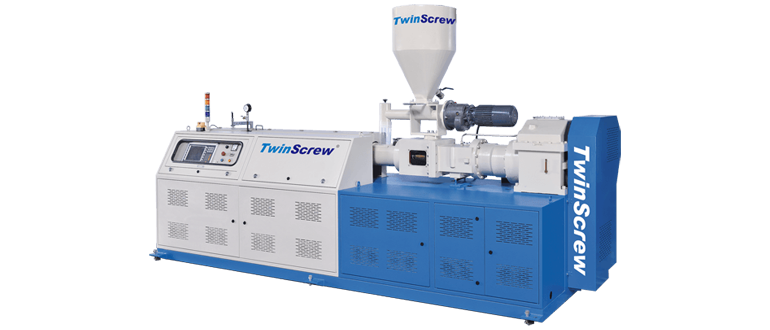
TwinScrew Industrial Co., Ltd. (TSIC) is a reliable long-term partner offering high quality PVC Pelletizing Extrusion Lines
TwinScrew Industrial Co., Ltd. (herein refer to as TSIC) mainly operating in Taiwan is a prestige manufacturer providing the total extruding solutions for versatile applications. Since 1988, TSIC has delivered more than 3,000 extruder systems to the users in more than 40 countries and nearly all of them are still well running. There are two major reasons render TSIC to a reliable partner in long term. Firstly, TSIC exhibits the in-house capability manufacturing the core parts of an extruder, screws set, barrel and gearbox. All the TSIC-made extruders are implemented the finely tuned hard wares. Secondly, TSIC always reserves spare units for the screws, barrels and gearboxes for clients. Prompt after-sales maintenance and core parts replacement service enable the users maintaining production in precision, stability and sustainability.
Applications of TSIC’s extruding systems for eco-friendly bioplastics
Bioplastics is one of an important sectors on the roadmap achieving the goal of net-zero carbon emission by 2050. Most bioplastic materials are sensitive to thermal and shearing stress in processing procedures that are the similar properties comparing to PVC polymers. In addition, some biobased materials such as starch, cellulose, and chitosan, are suppled in powder. Therefore, the extruding systems designed for PVC polymers are also eligible for processing bioplastics. TSIC has collaborated with the clients to develop the tailor-made extrusion systems for making bioplastic composites. Both synthetic polymers such as PBAT or PBS and naturally renewable polymers including starch, and cellulose has been blended on TSIC pelletizing extrusion system. Many of the bio-composites compounded with TSIC extruders has been accredit their biodegradability and eco-safety in compliance with international standards. Many clients are marketing their products with the marks of compostable materials or products certified by generally recognized institutions such as DIN CERTCO.
For the companies currently involved in PVC-related market, it is a great opportunity to access to the bioplastics markets growing in a rate of double-digit annually. With the professional knowledge in bioplastic materials, specific requirements for the processing machinery, and the business connections, TSIC is the best candidate for the companies intending to begin a player in bioplastic market.
Learn more: TwinScrew’s Bioplastic Solutions Enhance the Carbon Emission-lowering Efficiency
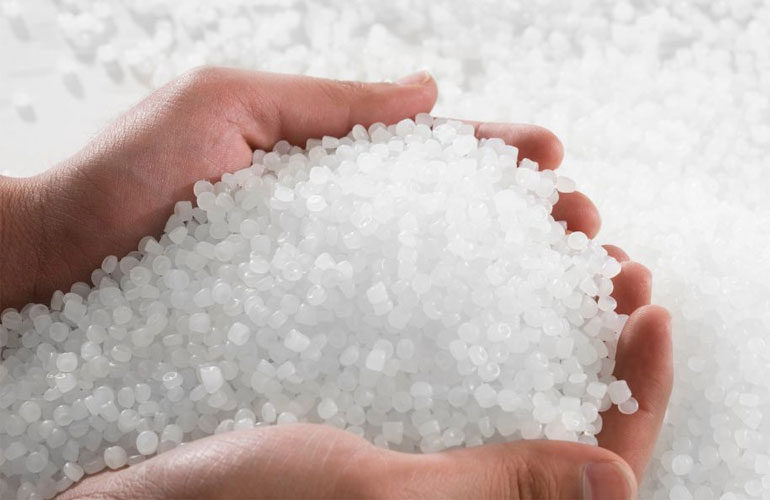
For more information, explore the Twin Screw PVC/PBAT/PBS Pelletizing Machine. Alternatively, reach out today to request a quote and kickstart your PVC Pelletizing Extrusion Line business.
Article Source: Beginner’s Guide to PVC Pelletizing Extrusion Lines





